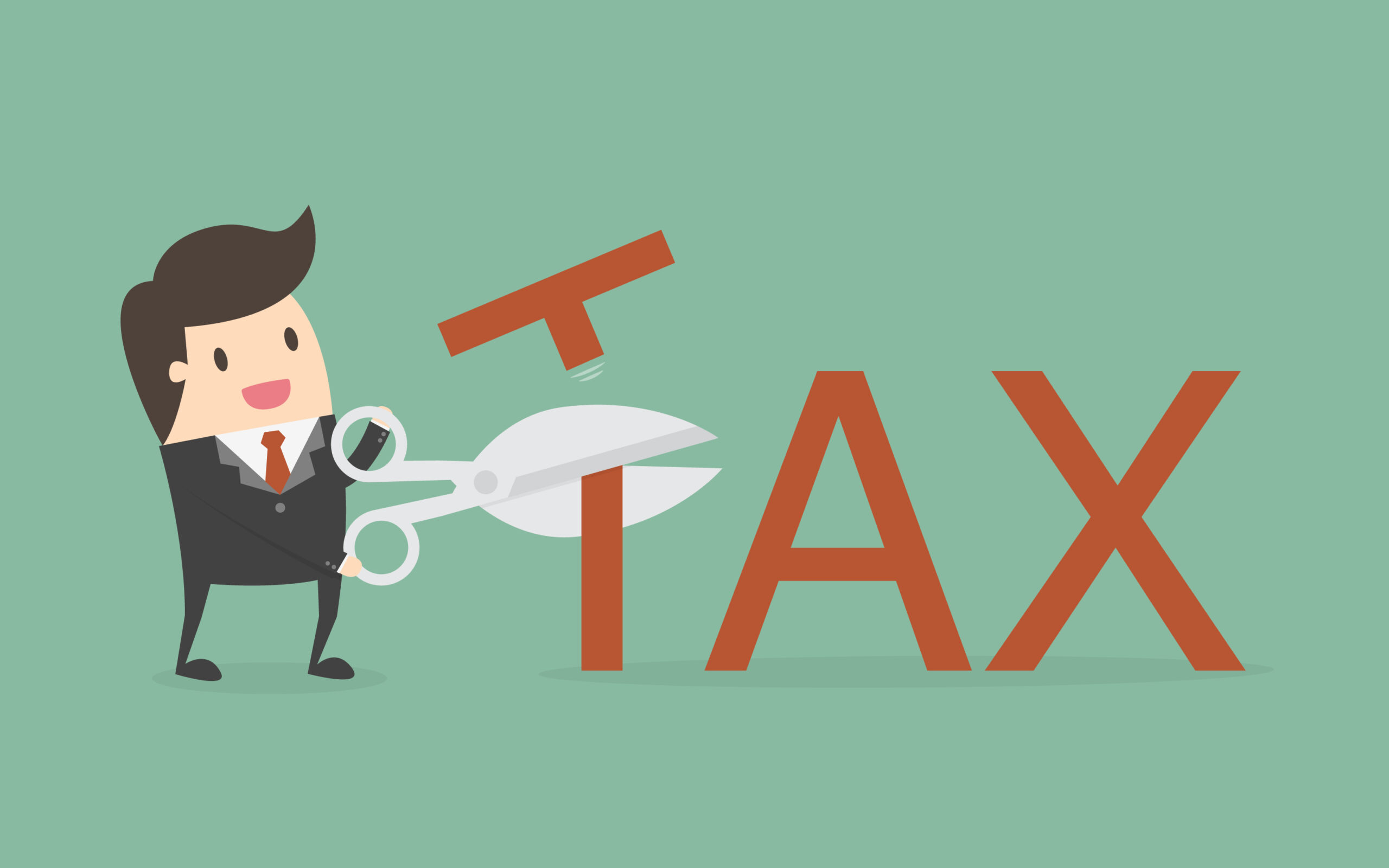A Roth IRA can be an excellent way to save for retirement while enjoying tax-free growth. Many people choose this retirement account because it offers special tax benefits. If you’re looking for a way to keep more of your money when you retire, learning about the Roth IRA can be a game-changer. This guide will explain what a Roth IRA is, how it works, and why it might be a good fit for you.
What Is a Roth IRA?
A Roth IRA (Individual Retirement Account) is a type of retirement account that allows you to save money for the future in a tax-friendly way. Unlike a traditional IRA, where you pay taxes on your withdrawals during retirement, with a Roth IRA, you pay taxes on the money you put in at the start. Then, when you take money out during retirement, it’s tax-free.
Key Benefits of a Roth IRA
- Tax-Free Growth: The money you invest grows without being taxed every year.
- Tax-Free Withdrawals: After you turn 59½, you can take out your money without paying taxes if you’ve held the account for at least five years.
- No Required Minimum Distributions (RMDs): You aren’t forced to take money out at any age, unlike traditional IRAs.
- Flexibility: You can withdraw contributions (not earnings) at any time, penalty-free.
How Does a Roth IRA Work?
A Roth IRA works by allowing you to contribute after-tax income. This means that you put money into your account that you’ve already paid taxes on, so your investments can grow tax-free. When you’re ready to retire, you can withdraw your funds without paying any additional taxes, provided you follow the rules.
Contribution Limits
The IRS sets limits on how much you can contribute to a Roth IRA each year. These limits can change annually, so it’s essential to check for updates. In 2024, for example, the contribution limit is $6,500 if you’re under 50 and $7,500 if you’re 50 or older.
Income Limits
Roth IRA contributions are also based on your income. If you earn above a certain amount, you might not be eligible to contribute. For instance, if your income exceeds $153,000 as a single filer or $228,000 as a married couple filing jointly in 2024, your ability to contribute is phased out or entirely restricted.
Why Choose a Roth IRA for Tax-Free Growth?
Choosing a Roth IRA can be a smart financial move for several reasons, especially when it comes to tax-free growth. Here are some factors that make it appealing:
1. Tax-Free Withdrawals in Retirement
With a Roth IRA, you don’t have to worry about paying taxes on withdrawals as long as you’re following the rules. This can help you keep more of your money when you need it most, especially in retirement when every dollar counts.
2. No Required Minimum Distributions (RMDs)
Traditional IRAs and 401(k)s require you to start taking distributions by age 72. With a Roth IRA, there’s no age requirement for taking out money. This lets your investments grow longer, which can be a significant advantage if you don’t need the funds immediately.
3. Ideal for Young Investors
If you’re young or early in your career, a Roth IRA could be ideal. Since you’re likely in a lower tax bracket now than in retirement, paying taxes upfront (at a lower rate) and enjoying tax-free withdrawals later can be a big benefit.
How to Open a Roth IRA
Opening a Roth IRA is relatively easy and can be done at most financial institutions. Here’s a step-by-step guide to help you get started.
Step 1: Choose a Provider
Many banks, brokerage firms, and online platforms offer Roth IRAs. Choose a provider that suits your investment goals and has low fees.
Step 2: Fill Out the Necessary Forms
Once you’ve chosen a provider, you’ll need to complete an application form. This will require your personal information, such as your Social Security number, contact details, and employment information.
Step 3: Fund Your Account
You can start contributing to your Roth IRA immediately after opening it. Remember, contributions are capped each year, so you’ll need to stick to those limits.
Roth IRA vs. Traditional IRA: What’s the Difference?
Understanding the difference between a Roth IRA and a traditional IRA is essential in choosing the right account for your retirement goals. Here’s a quick comparison:
| Feature | Roth IRA | Traditional IRA |
|---|---|---|
| Tax Treatment | Pay taxes on contributions, tax-free growth | Tax-deferred growth, pay taxes on withdrawals |
| Income Limits | Yes, based on your income level | No income limits |
| Age Requirement for RMDs | No RMDs during the account holder’s lifetime | RMDs begin at age 72 |
| Early Withdrawal Rules | Contributions can be withdrawn anytime without penalty; earnings have conditions | Subject to taxes and penalties if withdrawn early |
Is a Roth IRA Right for You?
A Roth IRA might be a good choice if:
- You expect to be in a higher tax bracket when you retire.
- You’re looking for tax-free withdrawals and growth.
- You want flexibility in retirement without RMDs.
- You’re young and in a lower tax bracket now.
However, it might not be the best option if:
- You’re close to retirement and prefer immediate tax deductions.
- Your income is too high to qualify for contributions.
Conclusion
A Roth IRA offers an effective, flexible way to grow your retirement savings tax-free. Whether you’re new to investing or looking to add to your retirement plan, a Roth IRA can help you build wealth while keeping more of your money in your pocket. Remember to weigh the pros and cons, and consider consulting a financial advisor to see if a Roth IRA fits into your retirement strategy.
